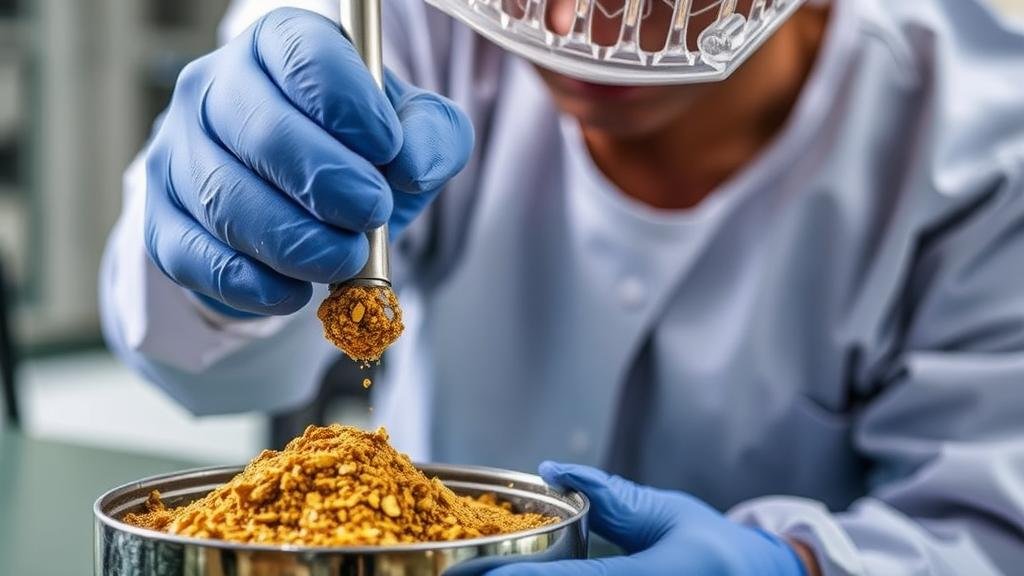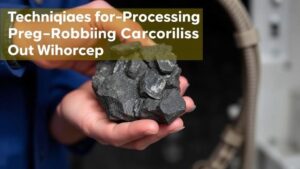Techniques for Extracting Fine Gold From Dense Clays and Silts
Introduction
Extracting fine gold from dense clays and silts presents a unique challenge in the field of placer mining. These materials can often trap fine gold particles, making them difficult to recover. This article will discuss various techniques employed to efficiently extract fine gold from such environments, supported by concrete examples and industry practices.
Understanding the Characteristics of Clay and Silt
Clays and silts are fine-grained sediments characterized by their small particle size and high plasticity. r properties greatly influence the methods used for gold extraction.
The Challenges of Extraction
The primary challenge posed by clay and silt is their tendency to form a compacted mass that can shield gold from conventional recovery techniques. Also, clay tends to retain water, creating a sticky environment that complicates separation efforts.
Importance of Particle Size
Fine gold particles are often of similar size to clay particles, making them susceptible to being trapped in the matrix of the sediment. As a result, it is crucial to implement methods that recognize and minimize the risk of losing these small, valuable particles.
Techniques for Recovery of Fine Gold
There are several techniques that can be utilized to extract fine gold from dense clays and silts, each with its own advantages and limitations.
1. Utilizing Wet Processing
Wet processing involves introducing water to assist in separating gold from sediment. Techniques include:
- Hydraulic Mining: Utilizing high-pressure water jets to dislodge and wash material from banks and into sluices or containers.
- Panning: The traditional method of using water in a pan to wash away lighter materials while retaining heavier gold particles.
2. Gravity Separation Techniques
Gravity separation leverages the differences in density between gold and other materials. Common methods include:
- Shaking Tables: Utilizing a vibrating table to separate materials based on density and particle size.
- Concentration Tables and Jigs: Equipment that uses a combination of water flow and vibration to separate heavier gold from lighter clay and silt.
3. Chemical Methods
While mechanical methods can be effective, chemical processes may sometimes be employed, particularly for fine gold that is difficult to separate physically.
- Cyanidation: A process where cyanide is used to dissolve gold, although this requires careful management to mitigate environmental impacts.
- Flotation: Separating gold from sediments using chemical agents that create a froth to trap fine particles.
Real-World Applications and Case Studies
Numerous mining operations around the world have successfully implemented these techniques. For example, operations in the Amazon Basin have utilized hydraulic mining to extract gold from clay-rich sediments, despite environmental concerns. On the other hand, commercial mining operations in Nevada often employ gravity separation technologies like shaking tables for fine gold recovery, yielding efficiencies of over 90% in ideal conditions.
Considerations for Effective Useation
When selecting techniques for gold extraction from dense clays and silts, several considerations should be taken into account:
- Environmental Impact: Assess the potential ecological consequences and engage in responsible mining practices.
- Cost-Benefit Analysis: Evaluate the economic feasibility of each technique based on the specific context of the site.
Conclusion
Extracting fine gold from dense clays and silts requires an understanding of the unique challenges presented by these materials. By applying a combination of wet processing, gravity separation, and chemical methods, miners can enhance gold recovery rates. Carefully considering environmental and economic factors will lead to more sustainable and profitable mining practices.



